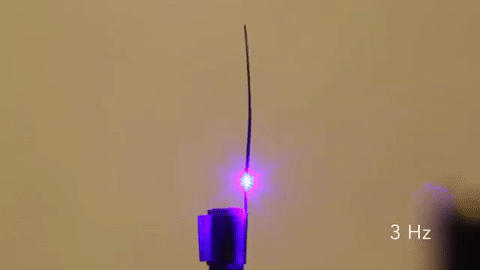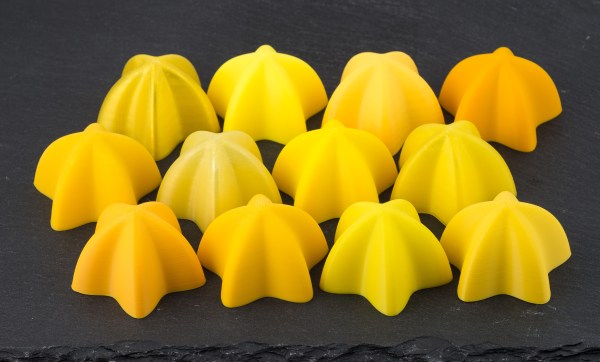If only we had affordable artificial muscles, we might see rapid advances in prosthetic limbs, robots, exo-skeletons, implants, and more. With cost being one of the major barriers — in addition to replicating the marvel of our musculature that many of us take for granted — a workable solution seems a way off. A team of researchers at MIT present a potential answer to these problems by showing nylon fibres can be used as synthetic muscles.
Some polymer fibre materials have the curious property of increasing in diameter while decreasing in length when heated. Taking advantage of this, the team at MIT were able to sculpt nylon fibre and — using a number of heat sources, namely lasers — could direct it to bend in a specific direction. More complex movement requires an array of heat sources which isn’t practical — yet — but seeing a nylon fibre dance tickles the imagination.
Continue reading “Nylon Fibre Artificial Muscles — Powered By Lasers!”



















